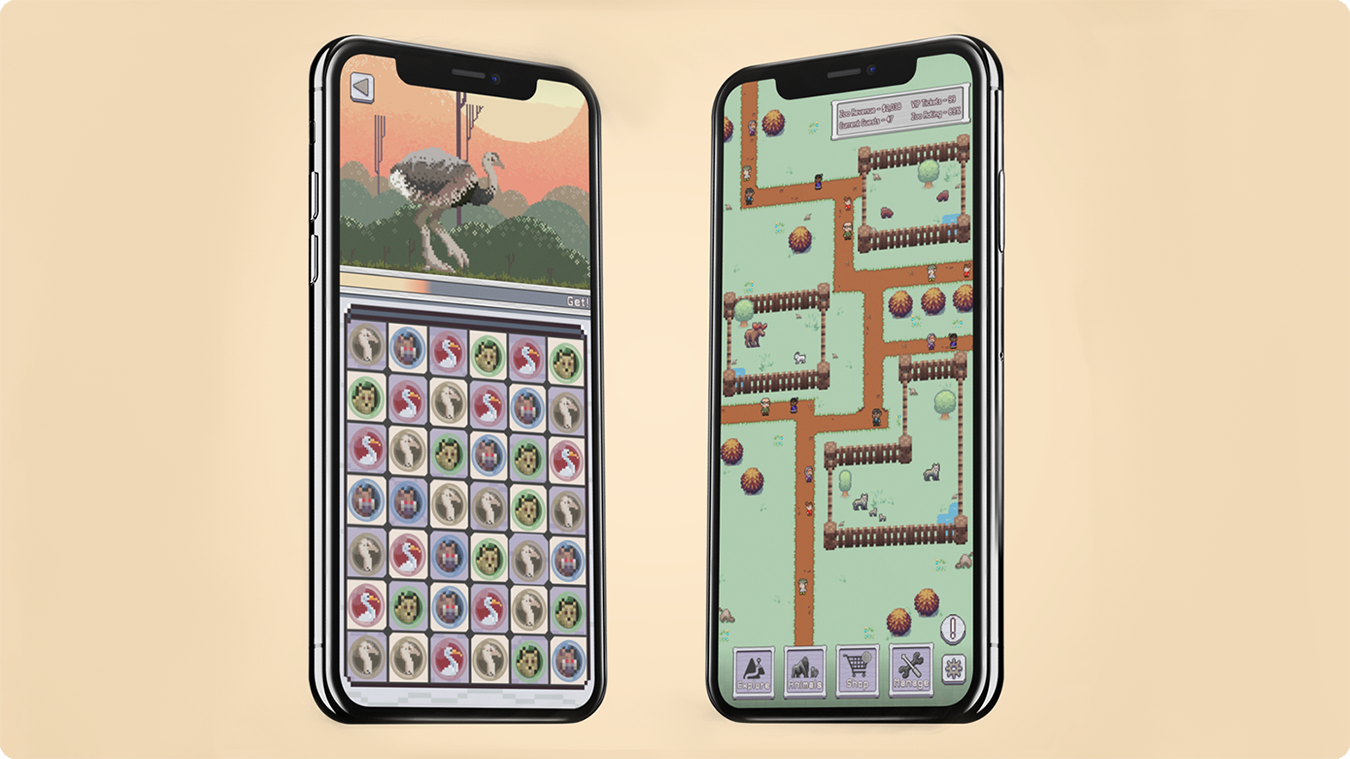A Short Retrospective On The Project
As with any type of work one does, there is a lot I'm unhappy about, and a lot I believe I was blinded about during the design process.
For starters I will say that I'm content with the research done for this project, a lot of my gripes rest not on that, but on the design side of the work.
If given enough time and resources I would have used different visual elements for this project. However, given the time I had as well as not being a pixel artist,
I was limited to what I could find for free from various talented artists. As a result, I believe the prototype does not have a 100% cohesive
look to it precisely because it's a hodgepodge of work from various artists including myself.
Expanding on that previous point, I didn't like how a lot of the buttons and framings turned out. This was one aspect I believe I was blinded about during the design process. I believe I was too invested in keeping a cohesive “pixel” theme and I ended up settling for subpar work in some sections just because I thought they fit thematically at the time. If I was to work on this project further I would first attempt to collect more outside opinions then potentially rework some of the navigation UI visuals.
Keeping up with what I'd do if I continued working on the project, usability testing would be what I pursued next using the prototype. Tasks would ideally partially focus on aspects of the project that were part of previous research, such as the navigation, making sure the changes made using the previous data were successful. Another task would ideally ask participants to go through the zoo building process, testing the other important mechanic of the game.
Finally, as to not be so somber, I was content with the information architecture and overall user experience in regards to navigation. Thankfully because of this, I believe that even if I went back and reworked some of the UI as I mentioned, as a whole it wouldn't take too much time as the underlying work is something I feel is sound.

